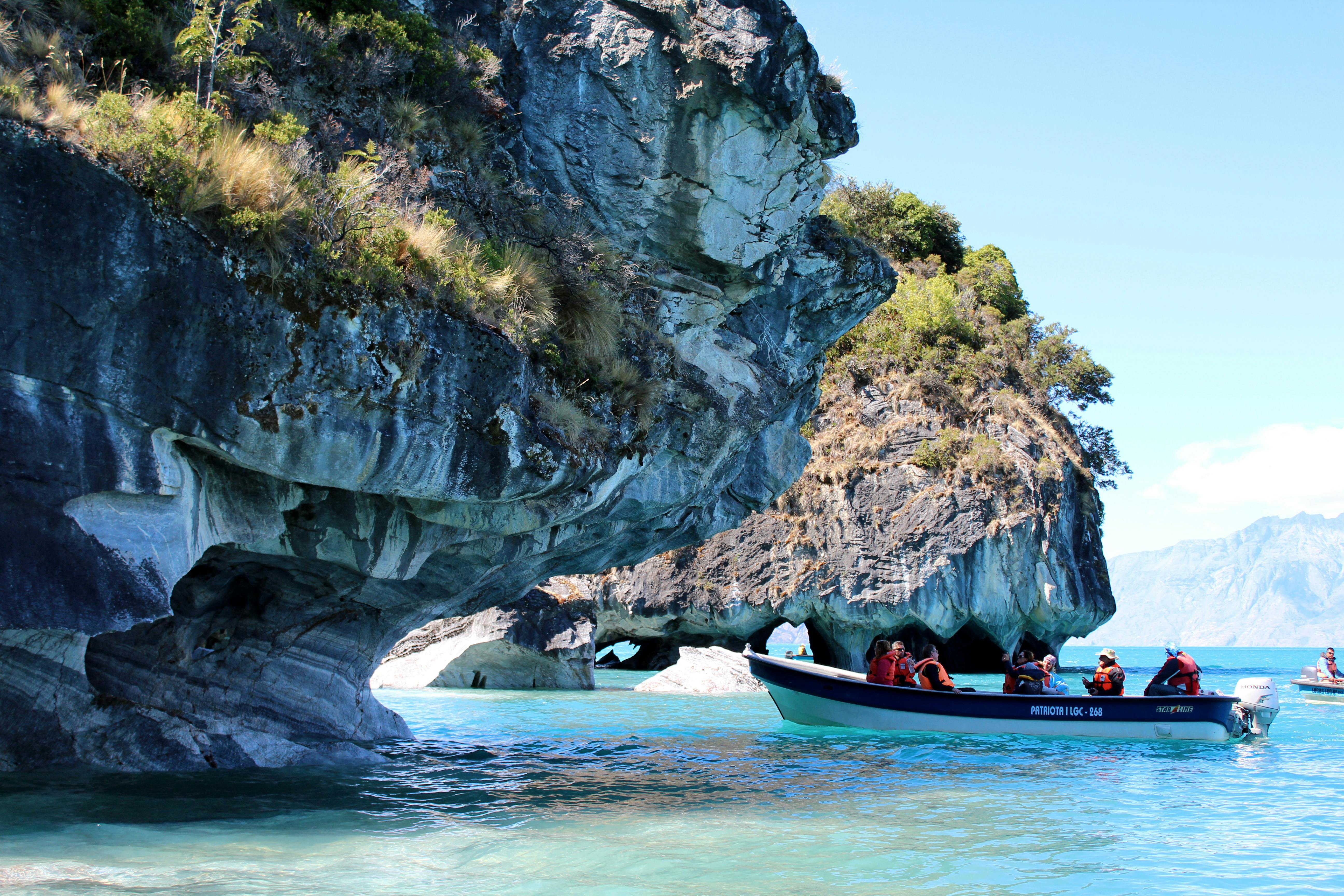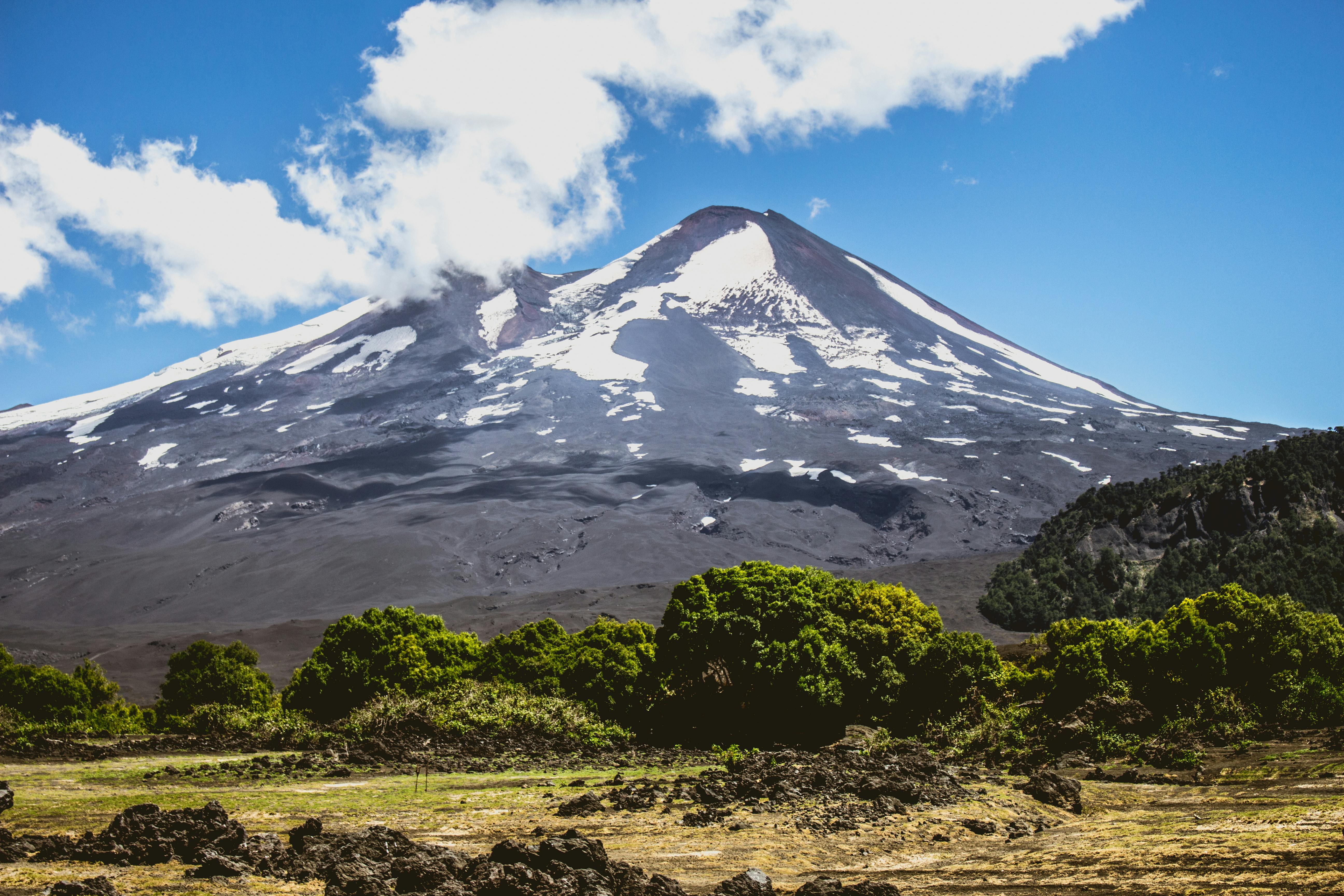Chile Eco Tours: Safe, Affordable Nature Travel Guide 2024
Ever wondered how some travelers seem to effortlessly unlock Chile’s wildest landscapes, find eco-friendly guides, and score budget-friendly experiences—without ever feeling lost, unsafe, or overwhelmed? I have. Back in 2017, as I stood beneath Torres del Paine’s blue towers, I realized just how critical it is to blend adventurous spirit with strategic planning—especially when nature, safety, and sustainability collide. The truth is, booking reliable eco tours in Chile can feel bonkers, especially if (like me, several trips ago) you over-rely on review sites or assume “eco” always equals ethical. This guide is the playbook I wish I’d had: everything from essential terminology and planning timelines to insider traps and dynamic, region-specific tips. It’s practical, personal, and designed to empower both first-timers and seasoned eco-travelers—so you can safely immerse yourself in Chile’s nature, without blowing your budget or your environmental conscience.
Why Choose Eco Tours in Chile? (And Who’s This Guide For?)
What really strikes me about Chile is its staggering biodiversity: from penguin-flecked southern fjords to highland deserts where flamingos flit around salty lagoons. For those of us obsessed with wild places—birders, trekkers, amateur photographers, families seeking real immersion—there’s no other American nation quite as varied, accessible, or safe. That said, Chile’s “eco-tour” scene spans everything from glamping on private reserves to backpacker vans crossing volcano fields, and not every operator holds the same ethical or safety standards. Whether you’re a first-time adventure traveler, a family seeking child-safe outings, or an eco-veteran trying to avoid “greenwashing,” this guide adapts to you. If you’re dreaming of Torres del Paine, Atacama salt flats, or hidden lakes outside Santiago—these playbook principles will help you unlock nature’s best (without stress, waste, or risk).
If I could hammer home one thing it’s this: Eco-friendly in Chile isn’t just a buzzword—it’s a living, community-powered movement. The best tours don’t just minimize impact, they maximize local benefit. That’s more than a nice thought. It means your money sustains wild places you actually visit—often in ways you can see and feel.
Understanding Authentic Eco-Tourism (And Dodging Greenwashing)
Let’s step back. “Eco-tourism” gets tossed around so much that it can sound almost meaningless—especially when you’re scrolling through pastel-filtered Instagram posts of “eco-hostels” sporting infinity pools. What sets an authentic Chilean eco tour apart? In my experience, you need to look for:
- Concrete environmental action (restoration, low-impact travel, strict leave-no-trace)
- Community-based management or direct benefit to local people
- Emphasis on real education (not just sightseeing)
- Transparent safety protocols and proper insurance
Case in point: In 2019, I joined a “green” day hike in the Lake District. It was low-cost, but the operator hadn’t trained guides in basic first aid—a detail I only discovered after a minor injury. That was a wake-up call: No matter how “eco” the pitch, scrutinize safety and community impact first.
Chile became the first South American country to fully ban plastic bags nationwide in 2018, catalyzing a wave of grassroots clean-up and conservation movements that still shape eco-tourism standards today.1
The Ideal South American Planning Timeline
Let me clarify up front: booking high-quality eco tours in Chile doesn’t need to be a 12-month ordeal—but the prime spots, best prices, and top guides, especially for Torres del Paine or Atacama, disappear fast. Here’s my rule of thumb (shaped by both last-minute disasters and trips planned with military precision):
| Booking Lead Time | Typical Season | Región | Sample Activity |
|---|---|---|---|
| 6-12 meses | November–March | Patagonia South | W Circuit Trek, King Penguin Tour |
| 3-6 meses | September–April | Lake District, Central Andes | Private Reserve Glamping, Hot Springs Trek |
| 2-4 semanas | Todo el año | Atacama Desert North | Salt Flats Tour, Flamingo Birding |
Don’t stress if you’re booking late—just be flexible about dates and regions, and leverage shoulder-season discounts. Which brings up budgeting, a topic I’ve danced around for too long and one that’s genuinely essential before you hit “book now.”
Budget-Smart Booking Strategies (Saving Without Sacrificing Safety or Value)
Funny thing is, everyone assumes Chile must be “expensive” because Patagonia’s famous treks get pricey fast. But, I’m here to tell you from my own wallet-bruising adventures (and a couple of lucky bargains), that the country caters to a wide spectrum—from the shoestring traveler to the all-in adventure seeker. The real game-changer? Knowing *where* to look, *when* to book, and *how* to verify that eco claims aren’t just marketing noise.
Don’t fall for “lowest price” on comparison sites! I once saved $50 booking a volcano hike direct with a local co-op via WhatsApp—while a major aggregator listed a higher price for the same guide (and, a week later, canceled another friend’s booking with zero recourse). Direct communication is almost always best for safe, authentic, and budget experiences.
Where to Find the Best Deals (and Which Sites to Trust)
- Official parks websites (e.g., Conaf for Torres del Paine 2)
- Regional tourism boards and government eco-tour listings (updated annually; spot-check for “Sello S” sustainability badge)
- Community-run Facebook groups and Whatsapp travel channels (peer-reviewed, usually up-to-the-minute)
- Guide collectives (Asociación de Guías de Turismo Chile – certified, with regulatory oversight)
- ResponsibleTravel.com, Chile.travel, and local platforms for curated small-group eco-operators
Let me clarify again: big review platforms (TripAdvisor, Viator) are okay for initial research but notoriously slanted toward paid listings. I learned this the hard way booking a “sustainable” horseback tour that turned out, well… not even remotely so. Always verify direct with the operator. That saved me a heap of disappointment—and, in some cases, a bunch of cash.
How to Tell If Your Guide/Tour Is Truly Eco-Friendly
If only there were an easy checklist! Honestly, it’s still pretty subjective, but nowadays I look for:
- Clear specifics on sustainability: Compost toilets? Renewable energy? Indigenous knowledge guides?
- Community empowerment: Are proceeds benefiting local families?
- Transparent risk and safety protocols, plus certified guides (Wilderness First Aid is a must for remote treks)
- Small group sizes (ideally under 12), minimal single-use plastic, and visible Leave No Trace policies
Honestly, sometimes you’ll have to ask directly, and that’s okay. I do—even if it feels awkward. If the operator can’t answer with real details, move on.
“Eco-tourism is not just about seeing nature but about transforming both visitor and host. Done right, you leave a place, and it’s healthier for you having come.”
Regional Guide: Choosing Your Chilean Nature Adventure
It’s wild how regional variation in Chile alters the landscape of eco-tour options—from cacti and flamingo hikes in the north to ancient alerce forests in the Lake District and the wild, wind-scoured expanses in Patagonia. Over several visits (with a pretty scattershot approach my first time), here’s how I’d break down where to go, when, and what each region does best for eco travelers.
| Región | Mejor momento | Eco Highlight | Sample Operator (2024) |
|---|---|---|---|
| Atacama/North | Mar–Nov | Salt flats, flamingo reserves, stargazing | DesertAdventure Co-op |
| Lake District/Central | Sep–Apr | Rainforest treks, hot springs, Mapuche cultural tours | RutaVerde Eco |
| Patagonia South | Nov–Mar | Glacier walks, wildlife cruises, Torres del Paine hikes | Walk Patagonia |
And here’s what excites me most: Each region, beyond its headlining activities, now boasts new community-driven eco-initiatives. For example, in the Central Andes, indigenous guides (Mapuche) are increasingly involved in wildlife and forest experiences, blending conservation, fair-wage employment, and cultural revival—all while delivering richer tours.
Factor in both climate and festival timings. Patagonia’s high season means higher prices but more stable weather. Atacama’s best stargazing happens in the dry southern winter (May–August), and north-central regions celebrate brilliant spring wildflower blooms. I wish more guidebooks made this as clear as it should be—timing is everything!
Arguably, this variety is Chile’s greatest eco-tour asset—and its biggest pitfall for overwhelmed planners. My advice? Choose one region to go deep; avoid the urge to do it all. You’ll save money, reduce carbon, and enjoy a slower, more meaningful journey.

On-the-Ground Safety & Health Tips (What Guidebooks Miss)
I’m going to be blunt—Chile is one of South America’s safest countries for travelers, but eco-adventure comes with its own quirks. More or less, I’ve learned the hard way that it’s not the “big” risks you’ll face (violent crime is rare), but the small oversights: altitude headaches, sunburn, river crossings, weather that turns fierce. Here’s my actual “real world” safety checklist, cobbled together after surviving both a freak snowstorm in Aysén and an ill-advised solo hike in the Atacama.
- Register your trip (local police or Conaf park rangers) for remote routes
- Bring backup payment: Many rural areas reject foreign cards
- Ask guides about emergency protocols (including evacuation routes)
- Always carry sunscreen, a basic first aid kit, and (if trekking Patagonian parks) a thermal blanket—weather can change with zero warning
- Don’t drink untreated river water (even if locals do!)
- Insist on seeing current guide/vehicle insurance—foreign visitors are often assumed to “waive” coverage
- Spot-check for recent reviews, especially post-pandemic—businesses open/close quickly
Chile’s CONAF park system was one of the first in Latin America to require environmental education training for all Trekking guides—a move credited with drastically reducing wildland search-and-rescue incidents since 2016.3
“After COVID, the biggest lesson is that responsible tourism equals resilient communities. The tour operator that reinvests in guides’ safety training—and listens first to locals—is the one you can trust.”
What If Things Go Wrong?
Let me step back for a moment—no system is foolproof, and sometimes things simply go sideways. (Just last year, a friend’s group was delayed 24 hours by landslides on the Carretera Austral. They missed their connecting tour, but the operator refunded most of the cost—because they had clear contract terms upfront.) As a rule, choose operators with:
- Flexible cancellation/refund policies (and read the fine print!)
- Open, honest communication in your language
- Pre-trip checklists and clear gear requirements
- Realistic limits on daily mileage and group size
If you’re ever in doubt, consult the Chilean Ministry of Tourism’s approved operator database and embassies’ traveler safety pages.4 What surprises most visitors (and has saved me twice in rural Patagonia): even small regional police posts will usually help stranded tourists, especially if you approach with humility.
Key FAQs for Eco-Conscious Travelers
Ever catch yourself second-guessing details right before you click “book”? Here are honest, field-tested answers to the most common Chile eco-tour questions—each one a direct lesson from my own wins (and the occasional travel fail).
- How do I cut eco-tour costs, but skip the tourist traps?
Look for shared, multi-activity packages run by local alliances (for example, Puelo Patagonia’s “three-in-one” trekking/kayak/cultural tours), and always compare both international and Chilean platforms. Discounts are common during either the “shoulder” seasons or when booking directly via regional WhatsApp networks. - Can I trek solo in Torres del Paine or other major parks?
Misleading answer alert—technically yes, but it’s en realidad not advised. Not just for safety (changeable weather, navigation issues), but also because solo hikers may be refused entry during peak times or asked for special permits.5 - How “green” is my travel, really, if I’m flying in?
A fair question. No travel is impact-free, but choosing operators focused on land restoration, waste management, or wildlife conservation helps offset your footprint. Several national parks now partner with carbon offset NGOs where you, honestly, can see real difference.6 - Is Chile LGBTQ+ friendly on eco-tours?
Progressive in law, yes—in practice, typically safe, but attitudes still vary in rural communities. Most large operators enforce inclusive policies, but ask and review forums for recent experiences if this is a concern for your group.7
- Language: Many guides speak basic English, but rural tours may be Spanish/Mapudungun only. Practice key phrases!
- Connectivity: Expect low/no WiFi—download offline maps, translation apps, and local weather trackers
- Sustainability Badges: Look for Chile’s “Sello S” or international certifications (GSTC, Rainforest Alliance)
“Knowledge is the best gear. Take time to learn before you travel—it’s the mark of a traveler who cares, not just a tourist who sees.”
Make Your Chile Adventure Matter (Final Thoughts & Invitations)
All said and done, there’s something unequalled about the first time you hike out under those infinite southern skies and realize your choices have a ripple effect. Honestly, my most memorable moments in Chile haven’t come from five-star excursions or “bucket list” photos—they’ve come from late-night chats with local stewards, learning the names of birds from elders, and witnessing the slow recovery of a burned forest or the laugh of a guide who truly loves their land.
Pause before booking—ask yourself if your trip is just crossing off another sight, or if it could actively contribute to the places and people hosting you. Choose responsibly, learn the language basics, and consider even travel setbacks part of the deeper adventure. Your journey, done mindfully, can be both a personal joy and a force for good.
Referencias
Referencias



